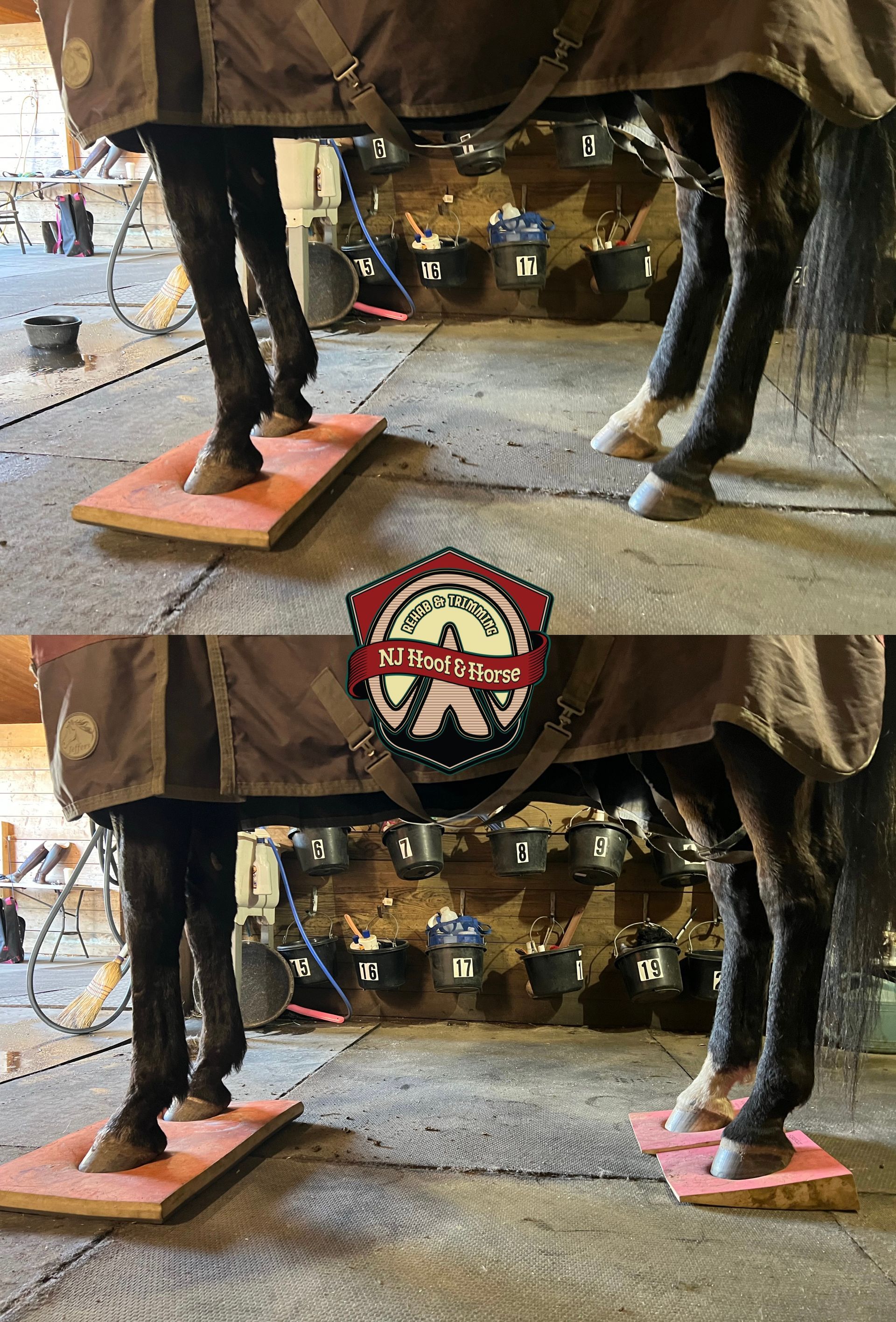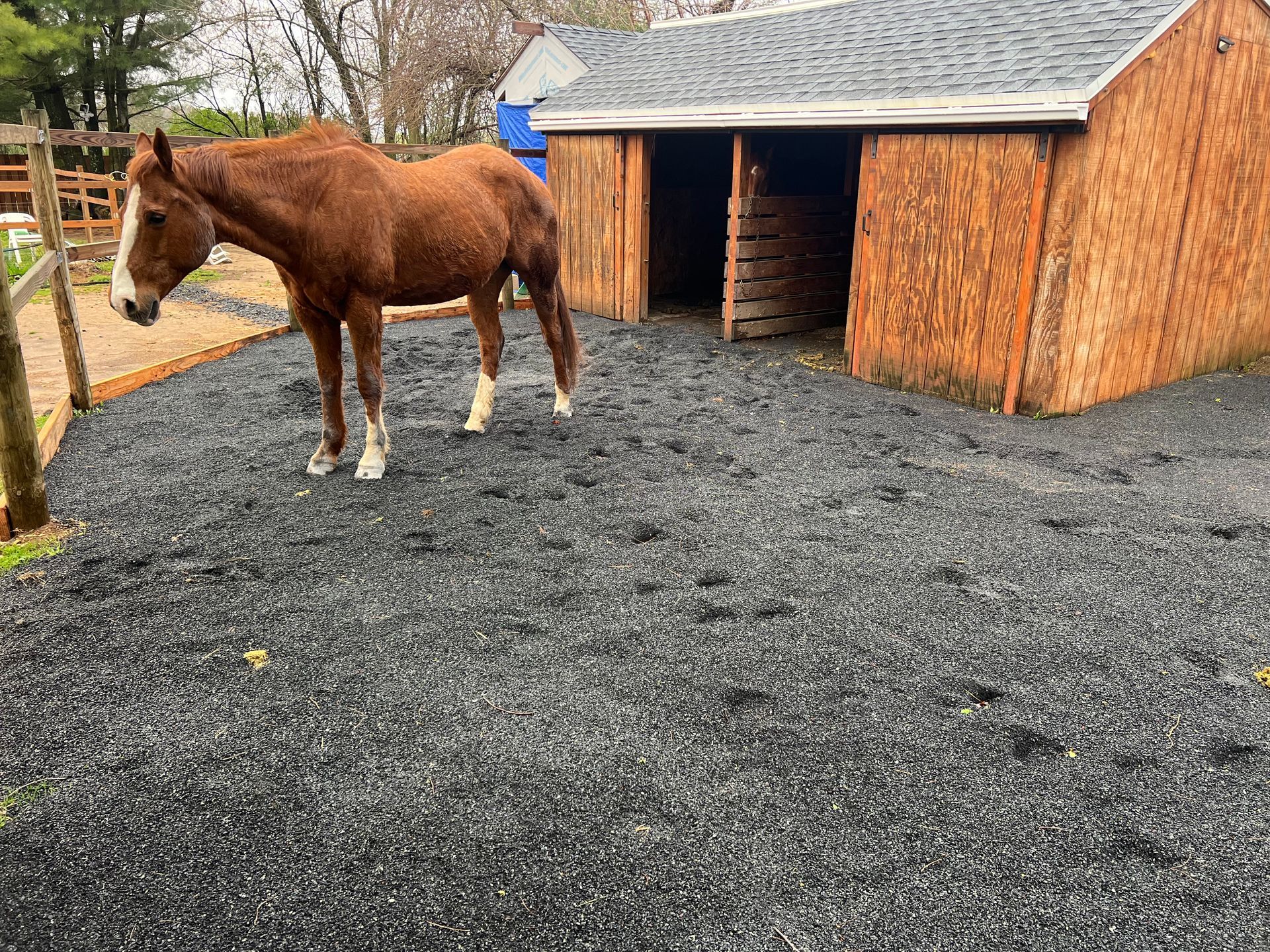Front hoof health affects hind hoof health
One Minute Discussions #57
Discussing Natural Hoof & Horse Care
FRONT HOOF HEALTH WILL AFFECT HIND HOOF HEALTH
This picture is just a fraction of what I come across both in the field and in dissections. I am constantly seeing front hooves having a distinctive appearance of laminitis and the hind hooves being bullnosed with a flat or negative plantar angle.
These front and hind hoof shapes are correlated. After all, it’s on the same horse, so by looking at the whole horse we can pinpoint where the initial problem is. But what may cause these distortions?
If the fronts are sore and unhealthy (and most commonly, if they have long toes) then the horse will improperly weight their legs. From this, the posture will shift and horses would want to stand with their hinds more under themselves, under the belly, also known as “goat in a rock”. Movement is also affected, many horses that compensate in the fronts cause changes in the hinds, crushing the heels even more during locomotion.
I think in these cases it’s important to focus on the root of the problem, and many times front hooves are the culprit. Getting them more healthier and functional will correct the improper angling on the hinds. Once we do that the horse will have less pain and will be able to load the front and hind end more evenly, not overloading any structures and not causing any damage.
Do you notice this problem often? What else do you think causes it?
Denys Antonenko

